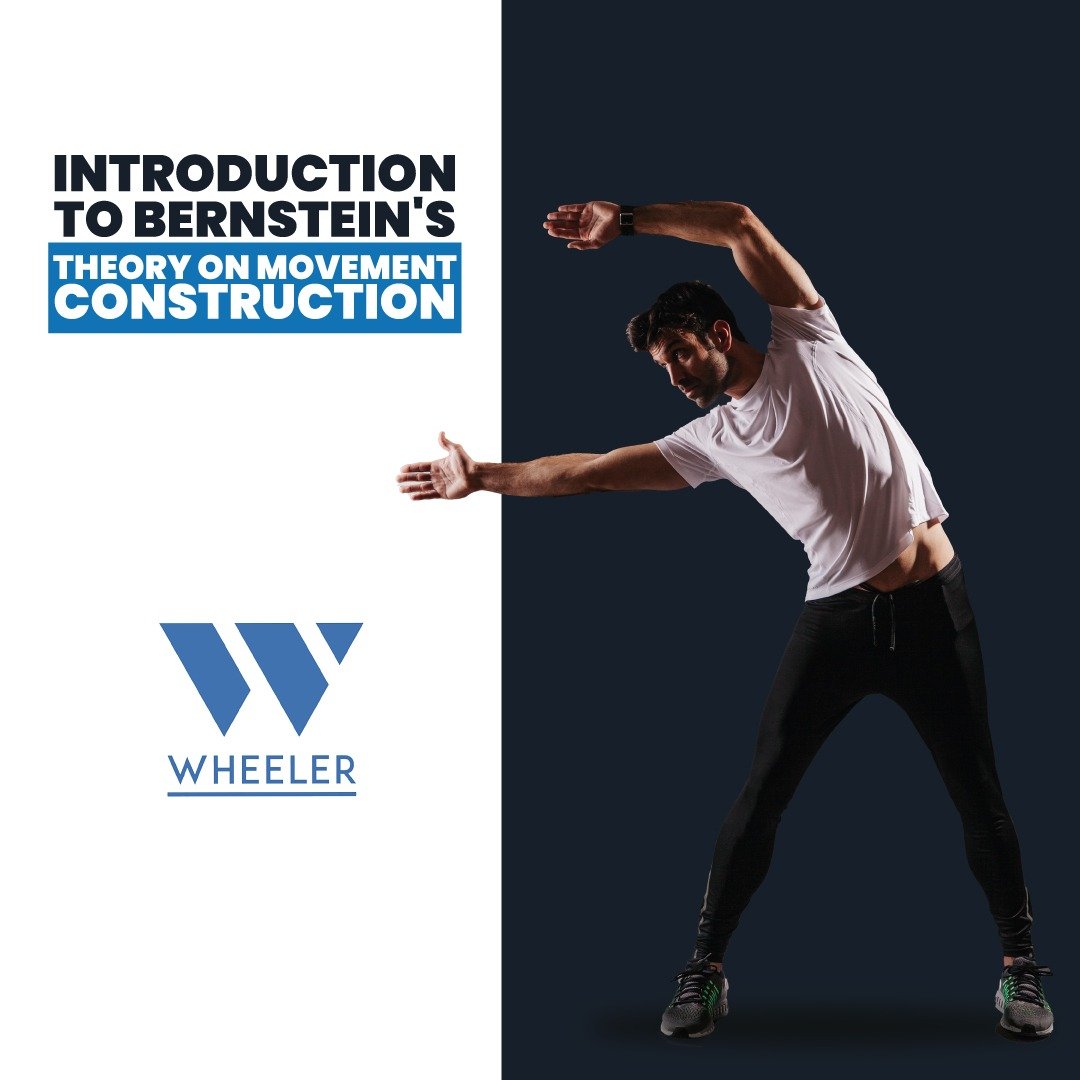In the realm of human performance, understanding how movements are constructed and executed is crucial for enhancing sports performance, rehabilitation, and daily activities. Among the various theories that delve into this fascinating field, Bernstein’s theory on the construction of movements stands out as a unique and revealing perspective.
Introduction to Bernstein’s Theory of Movement Construction
Developed by Russian physiologist and biomechanist Nikolai Bernstein in the latter half of the 20th century, this revolutionary theory challenges traditional notions of how the brain controls and coordinates movements. Instead of viewing the motor system as a simple transmitter of signals to muscles, Bernstein proposed a more holistic and dynamic approach. He suggested that movement is a coordinated construction resulting from the complex interaction between the organism, the environment, and the task at hand.
The Concept of “Movement Construction”
Bernstein introduced the concept of “movement construction,” which posits that motor control is not merely about sending commands from the brain to the muscles. Instead, it is a complex process that involves the continuous integration of multiple body systems in response to changing environmental conditions. This perspective emphasizes the importance of adaptability and flexibility in executing movements.
Degrees of Freedom
A key concept in Bernstein’s theory is “degrees of freedom.” This term refers to the numerous independent variables that must be controlled to perform any movement. Bernstein observed that, unlike machines, the human body has a redundancy of degrees of freedom, meaning there are multiple ways to achieve the same motor goal. This redundancy allows the motor system to be highly adaptable and capable of finding efficient solutions to varying demands.
Motor Learning and Practice
Bernstein’s theory also highlights the significance of motor learning and practice in developing efficient motor skills. According to Bernstein, learning a new movement involves reorganizing and refining the degrees of freedom, a process he called “reducing redundancy.” Through practice, the motor system learns to select the most effective combinations of movements, reducing variability and increasing precision and efficiency.
The Relationship Between Movement and Perception
Additionally, Bernstein emphasized the relationship between movement and perception. His theory suggests that perception and action are intrinsically linked, and motor control depends on the sensory information the organism receives from the environment. This constant interaction between perception and action enables the organism to adjust its movements in real-time, enhancing coordination and effectiveness.
Conclusion: The Impact of Bernstein’s Theory
In summary, Bernstein’s theory offers an integral and dynamic view of motor control, highlighting the importance of the interaction between the organism, the environment, and the task. His concepts of movement construction and degrees of freedom prompt us to reconsider how we learn and perfect movements, proposing that motor control is an adaptable and flexible process, rather than a set of rigid commands issued by the brain.
For those interested in delving deeper into Bernstein’s theory and its applications in sports performance, rehabilitation, and daily activities, we invite you to subscribe to our exclusive membership. With this subscription, you’ll gain access to detailed content, recent research, and practical resources that will enable you to apply these advanced concepts in your field of interest. Join us and discover how Bernstein’s theory can transform your understanding of human movement! Link to Membership.
Author


